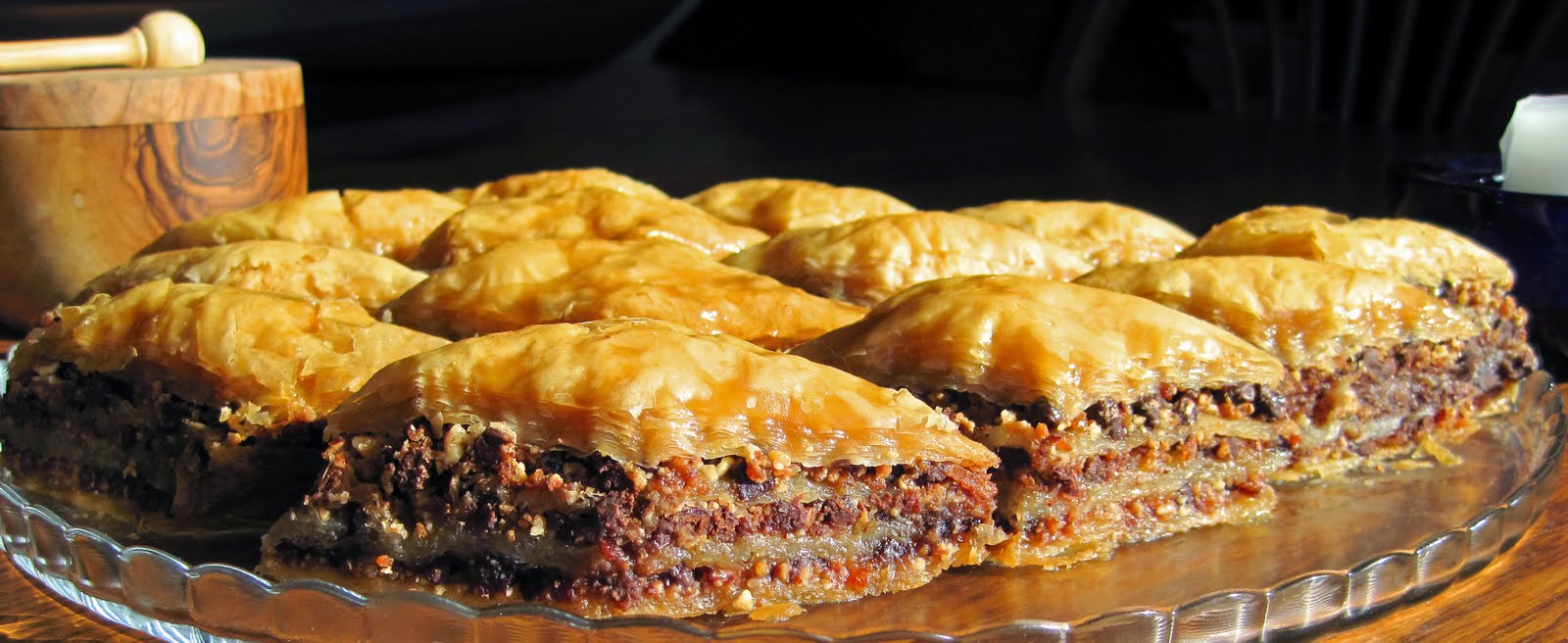Sometimes I feel like I need three hands…..
How about three hands and five legs? That’s what a camera tripod gives you, and it’s an invaluable photography tool.
As an aside, please notice the shadows in the image above. They tell you I shot this image straight into the afternoon Sun, and a black subject still shows detail on the shaded side. How is it that possible? Fill flash could do it but in keeping with the “not using flash for food photography” meme here’s what I used:
White foam board is a staple for all food photography. And it’s cheap! All pros use them. I use an 8x10 inch hand held one a lot when I shoot my food to put extra light here and there. More on these boards and lighting later but now back to the subject of this post, tripods. I'm covering tripods now because they are a foundation (no pun) for a lot of other tips and tricks that follow, where you really need three hands

They come on all shapes, sizes and prices. Amazon lists 17,164 of them. That should tell you that someone finds them to be a necessity! And they are. It’s the only way to get consistent results. I’ll go through a very short list of what a tripod allows you to do….
Tripods:
- Allow you to hold a precise composition until you are ready to shoot
- Allow you to shoot the same exact composition with different exposures, try that while hand holding and “
chimping” in between shots
- Allow you to use lower ISOs without dreaded camera shake and blur and results in less digital noise in the images
- Allow you to avoid using flash by using longer exposures
- Allow you to set perfect focus where you want it
- Allow you to capture excellent grill flames (blurs)
- Allow you to take a moment to frame the subject and then look "around " your subject and see what shouldn't be in the pic and either remove the offending object--or move your subject to a better location. That may also get you better lighting. (Len Dennis tip)
- Once you have a winning shot you can repeat the same setup again and again for different shoots
- Keeps your camera safe from taking a spill when someone swipes it off the table
The really important thing for us people of the grill is that we not only take pictures of food, we prepare and cook it as well. That is a huge workload and because our priority is the food, the photography part becomes secondary. But, you don’t set out to cook something without some preparation, sometimes a LOT of preparation.
In the same way, tripods allow you to plan ahead too, just like preparing to cook. You can set up two or three different shots long before you begin to cook, days in advance actually, and then when you cook, the camera can be perfectly positioned and the exposure perfectly set beforehand so when you are ready for the shot you can just turn the camera on and make the shot. No rush no fuzz. Professionals all use tripods. As a matter of fact nowadays they don’t even look through the camera when making the shot. They tether the camera to a computer so they can see the shot on the screen right away. Use a tripod, you will never regret it.
Choosing a tripod can be a daunting thing. They come in all prices to high 3 figures. I learned the hard way that I needed those high end ones for my work. The hard way because I spent a lot of money on less expensive ones that just added to the price of the ones that finally worked for me. I need very light and very rigid tripods. That means carbon fiber, and they are expensive. That said, for casual food photography you don’t need to spend more than $100.00, and can get a good tripod for half that.
The important thing in tripods is rigidity and weight capacity. Usually the more weight they can take the more rigid they are. Rigidity is the key. Lack of it leads to vibrations that soften your images, ruining them. The IMPORTANT rule of thumb:
Buy a tripod that will take TWICE the weight that you plan to put on it and you should be OK with rigidity. From my own experience SLIK makes good inexpensive tripods, and they have lots of them at Amazon.
Feel free to post any questions or suggestions!
All the Best,
Jose
.
.




